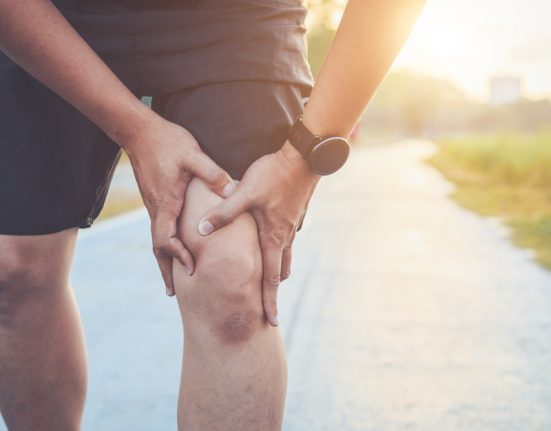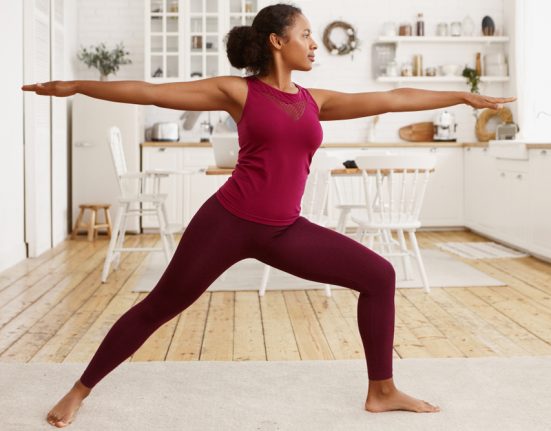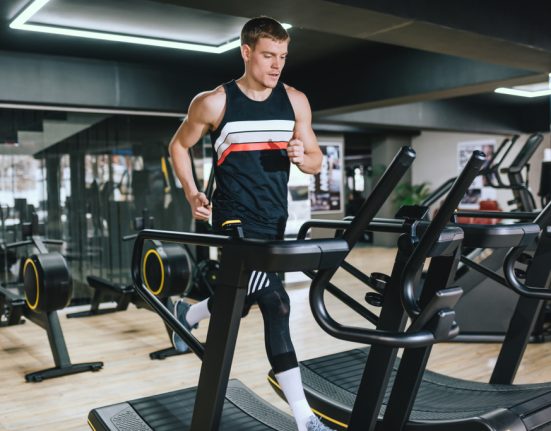Fitness Myth #1: Getting older means that you will become weak and suffer from age related changes.
The truth: Getting older does not mean that you have to become weak and suffer from age-related changes that affect older people who are sedentary. Several studies show that resistance-training exercises help maintain and increase muscle strength and size as we age. When muscle biopsies of men over 50 who lifted weights were compared with those of 20-year-old men the biopsies looked the same. When biopsies of men over 50 who did not exercise were compared with those of the same 20-year-old men their biopsies showed typical age related changes.
To stimulate muscle fibers to grow and increase in strength a demand must be placed on the muscle. Resistance training does this. Calisthenics is a form of resistance training but lifting weights or using workout machines does a more effective job. I recommend using a combination of free weights (dumbbells and barbells) and machines. Using free weights during some exercises will give you more control over your range of motion. Because machines can’t possibly fit every body shape they don’t provide a full range of motion with every exercise. People who don’t have access to resistance training equipment can improvise with sandbags, plastic bottles filled with water or even canned goods.
A complete workout should include exercises for each body part. This will include the chest, shoulders, triceps, back, biceps, forearm, thighs, calves and your abdominals (midsection). Start with one or two different exercises for each body part. Gradually work up to 8-12 repetitions for each exercise. Do each exercise one to three times to start. If you can do more than 12 repetitions for a set the weight is too light. If you can’t do at least eight repetitions for a set the weight is too heavy.
Fitness Myth #2: If you lift weights you don’t need an aerobic workout.
The truth: The Centers for Disease Control and American College of Sports Medicine recommend aerobic exercise for 30 minutes or more everyday. They also recommend adding resistance training.
Aerobic training works the heart, lungs, circulatory system and helps burn body fat. Resistance training strengthens muscles, tendons, ligaments and bone tissue. Both forms of exercise are important if you want to have a totally fit healthy body.
The word aerobic means with oxygen. Oxygen is used to produce energy during aerobic activities. To do this the body has to be in continuous motion for more than 20 minutes. Only aerobic exercise will help increase cardiovascular endurance by working the heart, lungs and circulatory system. Some examples of aerobic workouts include 20 minutes or more of brisk walking, jogging, bicycling, skating, swimming, walking in a pool, dancing, racquetball and jumping rope. Workouts, which include a lot of, stop and go movements will burn calories but are not considered aerobic. These include karate, volleyball, weight training, sprinting, tennis, ballet and gymnastics.
Fitness Myth #3: My body weight according to the charts considers me overweight.
The truth: Body weight charts weren’t designed to give you an ideal weight and they never seem to help. The most scientific way to determine your ideal weight is to determine your body’s composition of fat to lean muscle ratio. The percentages vary with sex and age. Here are some basic guidelines. Women age 16 to 29 should have 14% to 24% body fat. For men 16 to 29 it should be around 9% to 15%. To get a rough idea of your body fat percentage, pinch the loose skin on the back of your upper arm or the side of your waist between two fingers. If you pinch more than an inch you probably need to reduce your bodyfat.
Fitness Myth #4: A good cross-training shoe is all you need for your workout.
The truth: While cross-training shoes have improved over the years, I would not do heavy lifting in the same shoes I’d use for running or walking. If you do heavy lifting in your running or walking shoes you will destroy the cushioning in the shoe that absorbs the force you put on your feet as you walk or run. According to Tom Brunick of Walking Magazine, you should buy a running/walking shoe that has polyurethane midsole that will give you addled support and more durability.
For lifting weights choose a shoe designed for weightlifting. These shoes have a stiffer upper than a regular running or walking shoe. The weightlifting shoe also has a stable heel, which will help if you have weak ankles.
Keep in mind an expensive shoe doesn’t mean you’re getting good quality. Make sure you try the shoe on with the type of sock you’ll be wearing during your exercise. Remember, shoes are just as important as the exercise.
Fitness Myth #5: If I exercise I can smoke.
The truth: Exercise can motivate you to stop smoking but it will not off set the ill effects of smoking. The carbon monoxide from cigarette smoke combines with the hemoglobin in the blood much faster than oxygen; which decreases the capacity for oxygen transport in the blood. Smoking will also make the respiratory muscles work harder to ventilate air. Smoking releases nicotine and 1,200 other toxic compounds into the bloodstream. Once these substances damage the lining of the arterial walls, cholesterol and triglycerides can easily build up slowing blood flow. Smoking also contributes to the formation of blood clots and reduces the HDLs or good cholesterol and increases blood pressure and heart rate.
Exercise will not offset these effects if you continue to smoke. The only thing that will offset these effects is to quit smoking.








